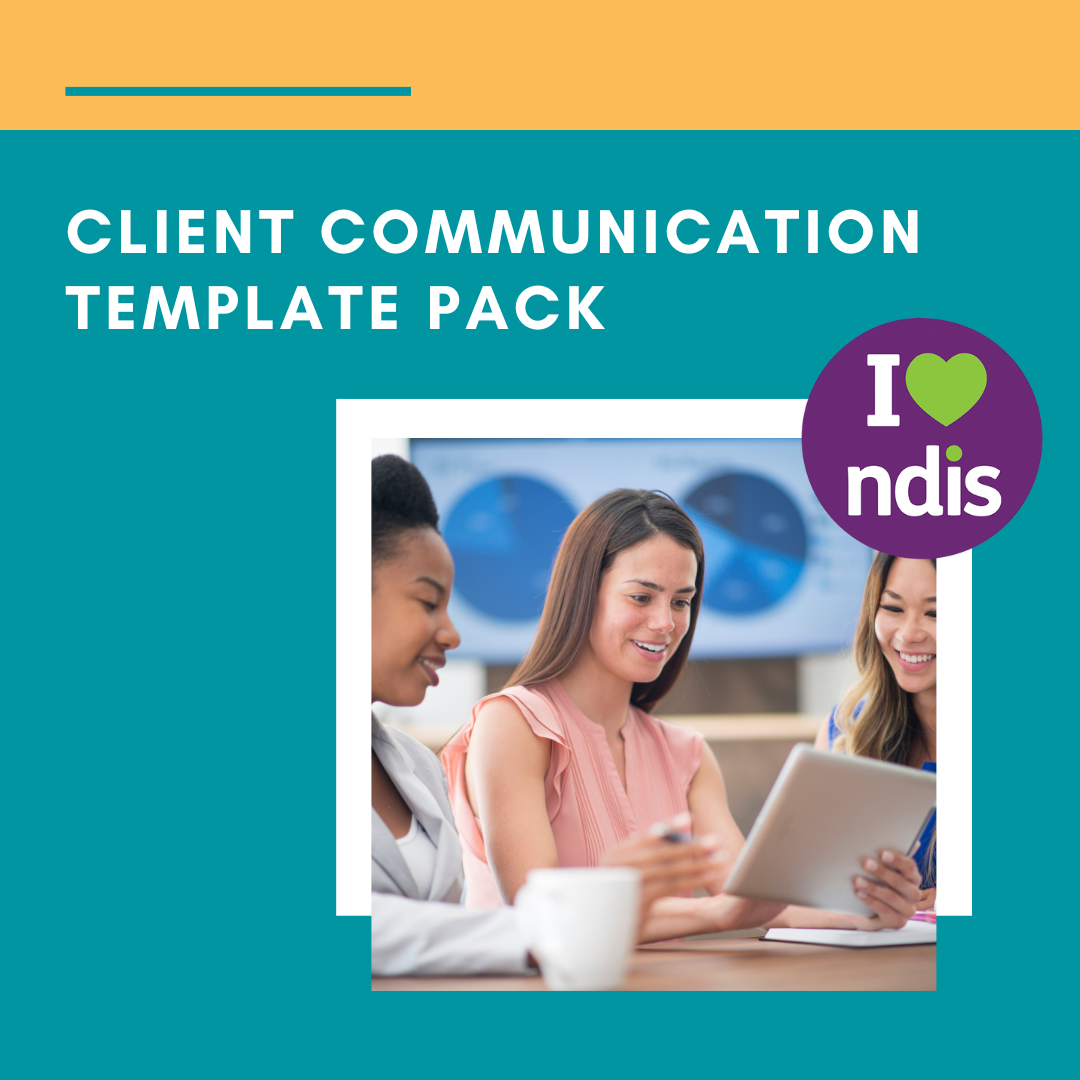
Mastering Client Communication: Essential Strategies for NDIS Providers
Share
Effective communication is the cornerstone of any successful NDIS provider’s strategy. It not only helps in building trust and rapport with participants but also ensures that their needs are met with the utmost efficiency and care. In this article, we delve into practical strategies that can help NDIS providers enhance their client communication.
Understand Your Client’s Preferences
The first step in effective communication is understanding how your clients prefer to receive information. Some may prefer direct phone calls, others emails, or perhaps text messages for quick updates. Taking the time to understand these preferences and tailoring your communication methods accordingly can significantly enhance the effectiveness of your interactions.
Clarity and Consistency Are Key
When communicating with clients, clarity and consistency are vital. Ensure that all information is straightforward and avoid jargon that might confuse or mislead. Consistent communication not only keeps clients informed but also builds a stable and trustworthy relationship. Regular updates about their NDIS plan, changes in services, or new opportunities can make a big difference in client satisfaction.
Use Technology to Enhance Interaction
Leveraging technology can greatly improve the way you interact with clients. Tools like client management software can help keep track of individual communication preferences, history, and key client information. Additionally, platforms like Zoom or Microsoft Teams can facilitate face-to-face meetings when in-person interactions aren’t possible.
Interested in integrating more tech into your operations? Explore our technology-focused webinars that can help you choose and utilize the best tools for your practice.
Feedback Mechanisms
Incorporating feedback mechanisms into your communication strategy is crucial. Feedback helps you understand the client’s experience and any areas of your service that may need improvement. Surveys, feedback forms, or simple direct questions can be effective ways to gather this invaluable information. Acting on the feedback you receive not only improves service quality but also shows clients that their opinions are valued and considered.
Training and Development
For NDIS providers, investing in regular training for staff on effective communication techniques is essential. Training should cover not only the basics of interpersonal communication but also how to handle difficult conversations, cultural competency, and adaptive communication techniques for clients with varying disabilities.
Looking to enhance your team’s communication skills? Our staff training webinars provide comprehensive insights and practical skills for improving client interactions.
Documentation and Transparency
Maintain thorough documentation of all communications with clients. This practice helps in keeping track of the client’s needs, preferences, and previous interactions, which ensures consistency in service delivery. Transparent communication about the services being provided, their costs, and any changes in policy or procedure reinforces trust and reliability.
Effective client communication is not just about exchanging information; it's about building relationships and ensuring that NDIS participants receive the personalized care they deserve. By implementing these strategies, NDIS providers can significantly enhance their service delivery and client satisfaction.
Ready to transform your client communication strategies? Visit our training resources today and discover how you can make your communications more effective and impactful.

